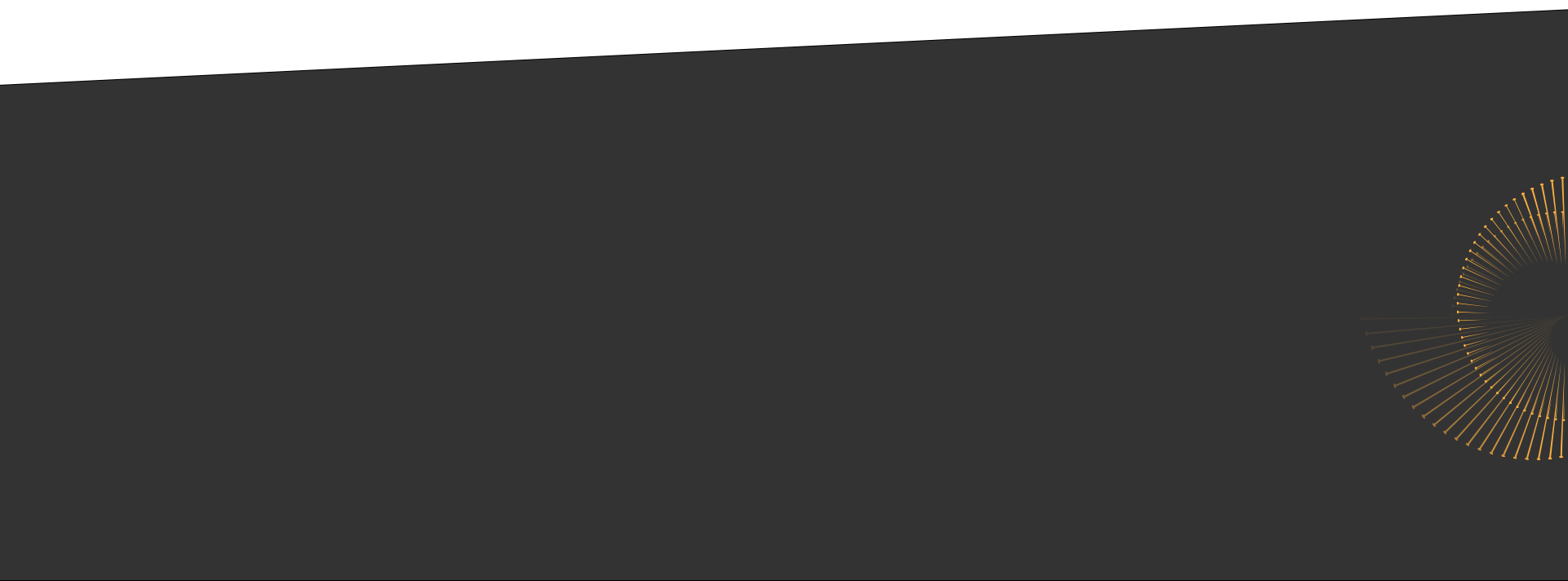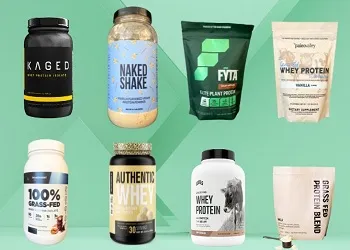You want to make the most out of your time in the gym, but choosing the right exercise program can be a daunting task. With so many programs out there, how do you know which one would work best for you?
If your goal is to build muscle, you’ve likely heard of a “bro split” before, but you may be curious about its effectiveness and suitability for your fitness goals. In this article, we’ll break down bro splits (otherwise called a body part split if you don’t consider yourself a gym “bro”) and give you what you need to know about this workout program.
If you are looking to further elevate your training with specific one-on-one coaching, visit EverFlex to book a consultation with a trainer today. Remember that your workout split is only a small part of the picture. For more information on the latest supplements, equipment, workouts, and everything else you might need in your fitness journey, see the EverFlex Blog Articles.
Table of Contents
What Is the Bro Split Workout Program?
A traditional bro split program is designed to train one major muscle group per day throughout the week. The principle behind this program is that by training only one or two muscle groups per day, you can effectively isolate that muscle and train with enough intensity to elicit muscle gains.
Exercise intensity is one of the most important variables to maximize muscle growth, which is one advantage of a bro split. However, there is usually a week of rest before training that muscle again, so increased volume during your workout routine is necessary to make up for the reduced frequency of training each muscle group.
Bro Split Program Design
This program is generally split across 5 days, which could look like legs on Monday, back on Tuesday, chest on Wednesday, arms on Thursday, shoulders on Friday, with Saturday and Sunday being rest or core/mobility days. The 5-day bro split below shows how each major muscle group is trained with high volume once per week.
Sample Bro Split Workout Routine (for Intermediate Lifters)
| Day of the Week | Exercises |
| Monday: Legs | Squats (3 sets of 10)Leg press (3 sets of 12)Romanian deadlift (4 sets of 10)Seated hamstring curl (4 sets of 15)Walking lunges (3 sets of 10 per leg)Standing barbell calf raise (4 sets of 15)Seated calf raise (4 sets of 15) |
| Tuesday: Back & Core | Pull-ups (3 sets of 10, assisted, bodyweight, or weighted)Bent over barbell row (3 sets of 12)Lat pulldown (3 sets of 12)Wide grip cable row (3 sets of 12)Single arm cable row (3 sets of 15)Cable crunches (3 sets of 10)Plank (3 sets until failure) |
| Wednesday: Chest | Flat barbell bench press (3 sets of 10)Incline dumbbell bench press (3 sets of 12)Assisted dips (3 sets of 10)Machine chest press (3 sets of 15)Cable fly (3 sets of 15) |
| Thursday: Biceps & Triceps | Flat bench dumbbell tricep extensions (3 sets of 12)Rope pushdown (3 sets of 12)E-Z bar bicep curls (3 sets of 12)Dumbbell hammer curls (3 sets of 12)Overhead tricep rope extensions (3 sets of 15)Bicep rope cable curls (3 sets of 15) |
| Friday: Shoulders & Core | Military press (3 sets of 10)Dumbbell shoulder press (3 sets of 10)Dumbbell lateral raise (2 sets of 12)Single arm cable lateral raise (2 sets of 12)Machine reverse flyes (2 sets of 12)Rear delt cable fly (2 sets of 15)Bicycle crunch superset with leg raise (3 sets until failure) |
| Saturday/Sunday: Rest or Core & Mobility |
This typical bro split workout routine shows how high volume and numerous exercises can be used when training a single muscle group. Let’s look at the chest day for example. There are 5 exercises that target the chest alone, with a total of 15 sets.
Evidence-based research has shown that at least 10 sets per week per muscle group is optimal for muscle growth. A bro split meets this volume, but you should be mindful that by the 15th set, your fatigue will be high and the efficiency of your workout could be compromised. Keep this in mind and adjust the volume for your own workout.
It’s important to understand that this is a lot more volume for that single muscle compared to training your upper body altogether. The greater volume with a bro split will increase the intensity of the exercise, cause more fatigue, and subsequently the muscle will need ample time to recover. This works well because one week is plenty of time for a specific muscle group to recover as long as proper nutrition is provided.
Choose the Right Exercise Intensity
Beginners should be cautious of their training volume when trying a bro split for the first time.
In following the sample program provided, I would recommend trying half of the prescribed sets for each exercise at first. Choose a weight that allows you to complete the prescribed number of reps per exercise, keeping in mind that the last few reps should be quite challenging. When comfortable, increase the sets per exercise so that you meet the recommended sets outlined in the sample program.
Is one week too long for recovery?
To understand this question and how it applies to bro splits, you must first understand some of the principles behind muscle development. Two of the major principles that define the bro split are training volume and frequency.
A good workout program balances both frequency and training volume, because if you train with too much volume and frequency, you risk overtraining, and with too little of each you sacrifice progress.
Bro splits involve less frequency than other popular exercise programs such as Push Pull Legs (PPL), which typically hit different muscle groups twice per week. However, with bro splits, one training session has as much volume as a workout split where that muscle is trained twice per week. As long as volume and frequency are balanced, you can have a good training program.
Are Bro Splits Effective?
Bro splits can be useful for beginner and intermediate lifters if muscle growth is your goal. For beginners, the bro split is simple and can make your workout straightforward. You only have to focus on one muscle each day, and it’s less complicated than trying to plan a full body or even an upper body/lower body program.
Many beginner lifters are also vulnerable to delayed onset muscle soreness, also known as DOMS. The bro split has the advantage of one-week recovery for each muscle, so muscle soreness won’t be a problem as it would with higher training frequency.
Training a Muscle Group Once Per Week Is Effective
One concern regarding the bro split is that training once per week may not be as effective as other splits with greater frequency.
This study found that resistance training once per week resulted in similar muscle gains compared to training twice or three times per week. It appears that when volume is accounted for, similar growth occurs whether you train once, twice or three times per week, if building muscle is the primary focus. While this may be true for beginner and intermediate lifters, advanced lifters may want to choose a program with greater frequency of training since they will have more capacity for volume. Read below to see if bro splits are right for you and your fitness level.
Trying a Bro Split as a Beginner Lifter
For beginner lifters, it would be important to monitor volume at first when following a bro split because high volume can cause uncomfortable soreness, which may discourage some from returning to the gym.
For a beginner, I would recommend starting with 4–8 sets per muscle group for the first week or two, depending on the severity of soreness. Then, progress to 10–12 sets per week. Once the body adapts to that you can start incorporating up to 18 sets as outlined in the sample bro split workout.
Be mindful of training volume from the beginning, and don’t try to do more than your body is capable of.
Using Bro Splits as an Intermediate Lifter
For intermediate lifters, a bro split workout routine can be effective for muscle growth if you use it properly. We need a high training volume during each workout and progressive overload is a must have when building muscle. Progressive overload involves modifying variables of training to increase the intensity or difficulty of your exercises. This means you should regularly think about increasing weight, reps, sets, time under tension, or reducing rest in between sets. Not all of these variables should be changed at once, but rather it should be a gradual process as your body starts to adapt to your bro split program.
For example, if you were planning on increasing your weights, typically a strength coach or personal trainer will increase upper body weights by increments of 2.5 or 5 pounds depending on how the lift went. For leg exercises it’s more common to see 5 pound or 10 pound increases. Think about what how your form was for the previous set and then you can decide whether or not an increase is required.
Is a bro split routine worth it for an advanced lifter?
For advanced lifters, bro split routines won’t be as effective over long periods. After years of training, your body is used to intense exercise and you can train with higher volume as well as frequency more easily than a beginner.
Training a muscle group once per week won’t be as effective, especially if you consider that muscle groups usually recover within 48 hours. This means that the muscle can handle more training, but there is a whole week before it is trained again. Advanced lifters will have a greater capacity to train muscle groups multiple times per week and may benefit from doing so.
As an advanced lifter, a more valuable workout split for you to follow would involve training each major muscle group twice per week, with more balance between the upper body and legs. Bro splits focus heavily on the upper body with 4 days per week compared to 1 leg day. Having a program where legs are trained as frequently as chest or arms will bring more full body balance and prevent the legs from lagging behind in size and strength.
An example of a split that might be more effective for advanced lifters would be a PPL, where the upper body is far less dominant compared to a bro split.
Pros & Cons of a Bro Split Workout Routine
Let’s start with the bro split routine pros:
- It’s beginner friendly.
- It’s straightforward and simple with only one muscle group to focus on per day.
- Each muscle gets lots of recovery time as long volume is appropriate for the individual.
- It’s structured with high-intensity resistance training sessions, which are necessary to build muscle.
- You can train each muscle group with high intensity. There’s no need to sacrifice the intensity of one muscle group to make time for another muscle group.
The bro split isn’t a perfect program — here are some cons:
- Training a muscle group once per week is not ideal for advanced lifters.
- You must be able to train at least 5 days per week, and skipping a day means you could miss out on training a muscle group.
- It can be a lot of volume to handle for one muscle group, so soreness may increase.
- Towards the end of the workout, the central nervous system is fatigued and the exercises may not be as effective
- The bro split focuses on muscle hypertrophy and not so much on functional training.
- There are 4 upper body days compared to 1 day dedicated to lower body muscles, so it is quite upper body dominant. Upper body workouts are great, but balance is important.
Bro Split vs. Push Pull Legs (PPL)
A PPL training split is one of the most common muscle hypertrophy focused programs. The main advantage over a traditional bro split is the increased training frequency. A PPL allows you to train the major muscle groups twice per week.
For example
- You train chest, shoulders and triceps on day 1
- Back and biceps on day 2
- Then legs on day 3
You would then repeat this cycle, allowing you to train each muscle group twice that week.
Training each muscle group twice per week could be better for increasing muscle mass compared to training only once per week if you are an advanced lifter. For beginners, the differences are likely minimal, but advanced lifters will be better off with a training split that incorporates greater frequency to support more volume.
Bro Split vs. Full Body Workout
A full body workout consists of several key lifts that target major muscle groups followed by several smaller accessory lifts to target more specific muscle groups.
An example of some of the exercises you might perform during a full body workout would be squats, bench press, barbell rows, overhead press, and deadlifts. You could then add hamstring curls, pull-ups, triceps extensions, and lateral raises as accessory exercises. You would then repeat this program multiple times throughout the week with adequate rest between sessions.
This is just one example of a full body routine, but it outlines how each muscle group has a greater training frequency, but less volume per session for those muscles, and smaller muscle groups may be neglected.
Studies have shown that a split routine is better for building muscle compared to training full body. A bro split incorporates more sets, more training volume, and can have more intensity for the trained muscle groups compared to a full body split.
Full body workouts have an advantage due to the potential of increased training frequency throughout the week, but generally, each target muscle group is only trained for 2–3 sets per session. More specific muscle groups such as the rear deltoids, calves, traps, and other smaller muscles will not get as much attention.
A bro split routine is better for training more specific muscles because you can add these into your workout without having to worry about spending too much time at the gym. If you want to build muscle, a bro split might be better for you than doing full body workouts.
Final Thoughts: Is the Bro Split Right for Me?
If you’re looking to increase muscle mass, choosing the right training program is crucial. How do you train all of the major muscle groups while balancing intensity, frequency, volume, and recovery?
There is no simple way to answer this because every lifter will have different needs and responses to training. However, for many, a bro split routine might be worth trying.
Overall, a bro split could be right for you if you are a beginner to intermediate lifter with at least 5 days available to train all the major muscle groups at the gym. You will want to monitor load at first because a bro split routine involves a lot of volume, and you can easily overtrain, becoming sore and discouraged. Eventually, you will be able to handle the high-intensity training volume, building muscle as you go.
Remember to incorporate progressive overload by increasing weight, reps, and sets as you see fit, to ensure you make the most of your entire session.
You now have everything you need to know before starting your first bro split. The program provided in this article won’t be suitable for everyone, but it can be modified to meet your own needs. If you need expert guidance and a training program that is personalized for your fitness goals, book a consultation with a personal trainer at EverFlex today.














